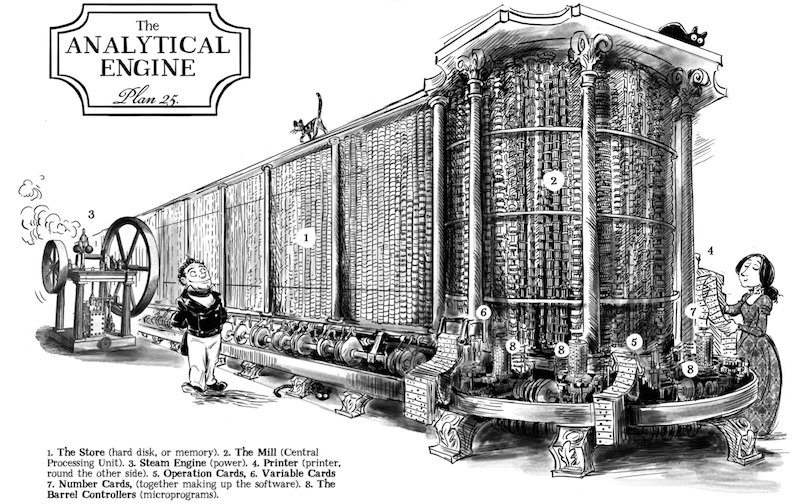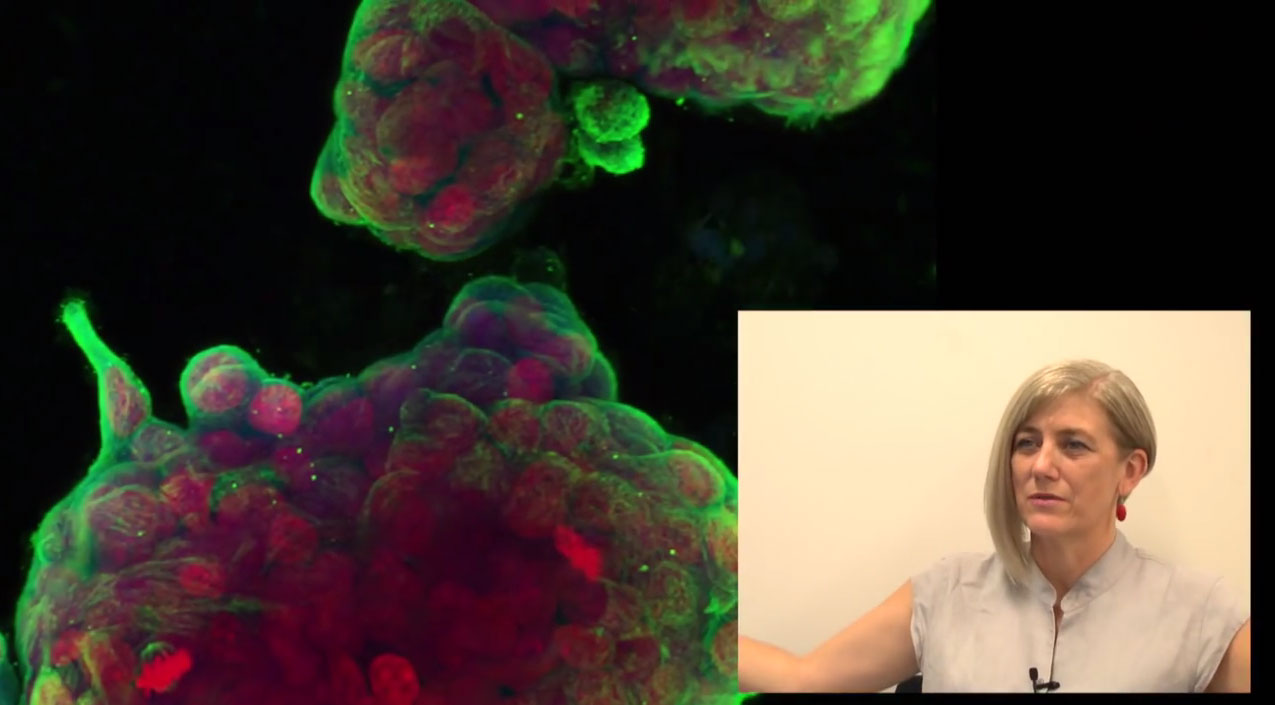Glial cells are essential for the maintenance of normal healthy nerve cells, but what happens when nerve cells are injured? Do the glial cells contribute to the repair, how quickly do they respond and what cellular and molecular mechanisms are involved? Dr James St John leads the St John Group within the Eskitis Institute for Drug Discovery and is working to develop therapies to repair the injured and diseased brain.
The glia of the olfactory system, olfactory ensheathing cells, and the glial of peripheral nerves, Schwann cells, are being trialled for use in therapies for the repair of central nervous system injuries such as spinal cord damage. Identifying characteristics that enhance nerve cell repair will lead to the design of improved cellular therapies for regeneration of the nervous system. This project will use live cell imaging of neurons and glia as they are growing in culture. Injuries to the nerve cells will be induced by microscopically directed laser and the response of the glia will be determined by high resolution live cell imaging. Factors that enhance repair of the nerve cells will be explored and include cell density, cell mix and growth factors.
“Our research will help us understand how nerve cells interact with glial cells so that we can enhance the repair of diseased or damaged brains.” Dr James St John, Eskitis Institute
Spinal injury repair
Transplantation of glial cells to the injury site is a very promising therapy, but several different types of glial cells exist and it is unknown which are optimal for the repair of the spinal cord. We are using in vitro and in vivo assays combined with advanced microscopy to determine which type of glia offer the best hope for repairing spinal cord injuries.






I’m so glad that there is research being done about spinal injuries. My friend was just injured in a serious car accident. The doctors are trying to figure out how to best help his spine. Like you say, there are a lot of questions related to the nerve cells when they’re injured.
I am a high-level quadriplegic, with no use of my arms or legs. Can I please be used in trial of stem cells from the nose, into the spinal cord.
Hi Anthony,
I will pass your details along to the research team.
Thanks for your inquiry.